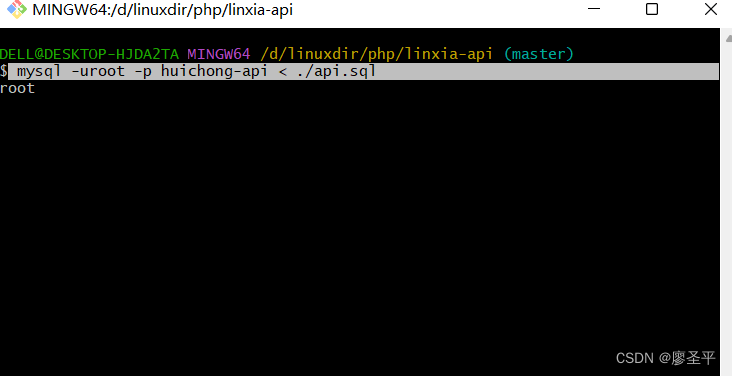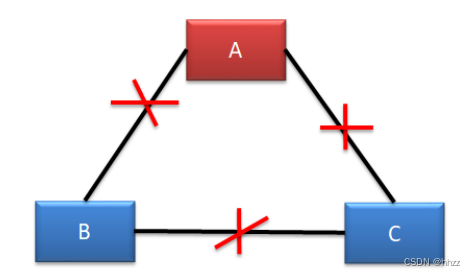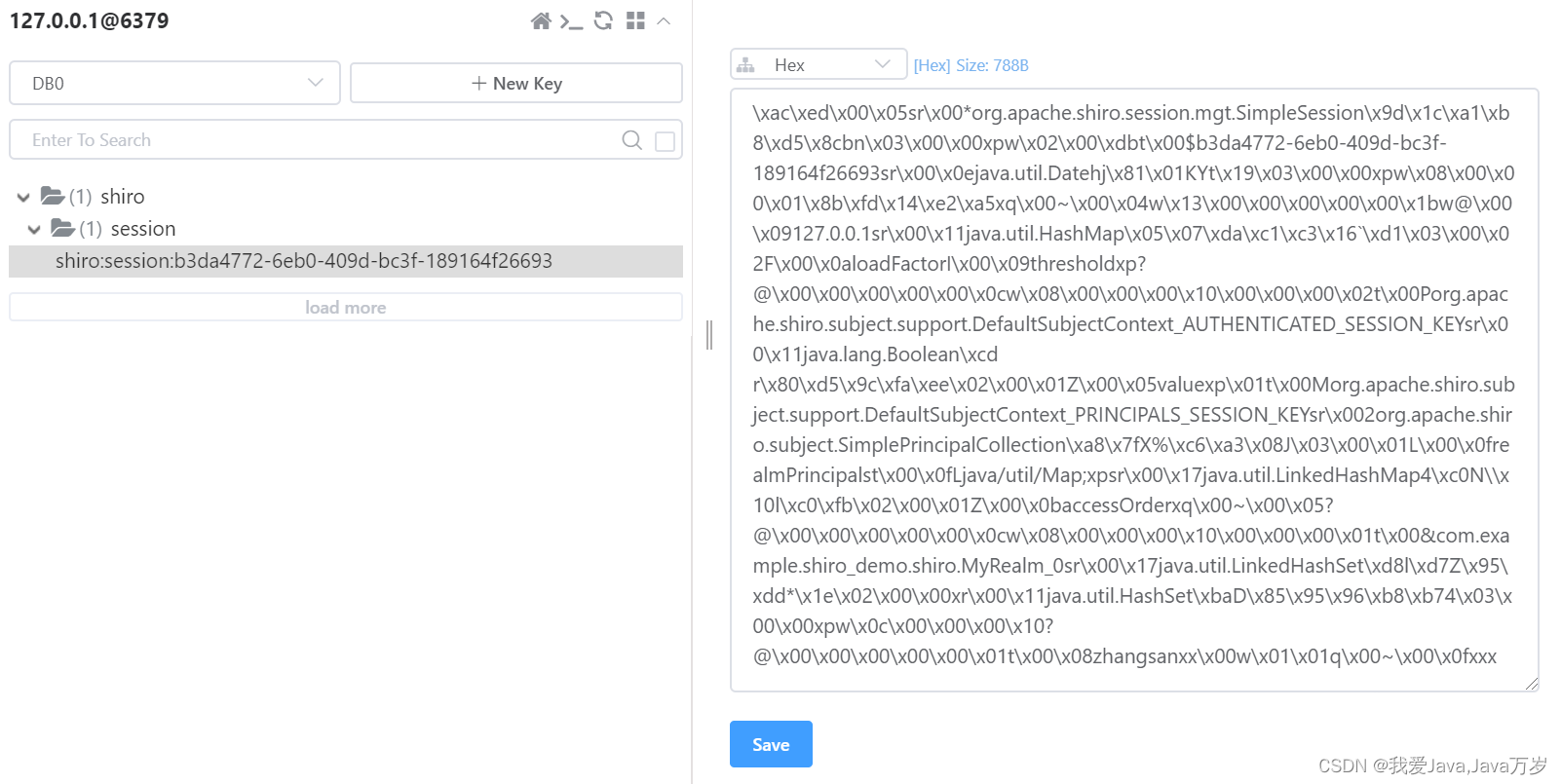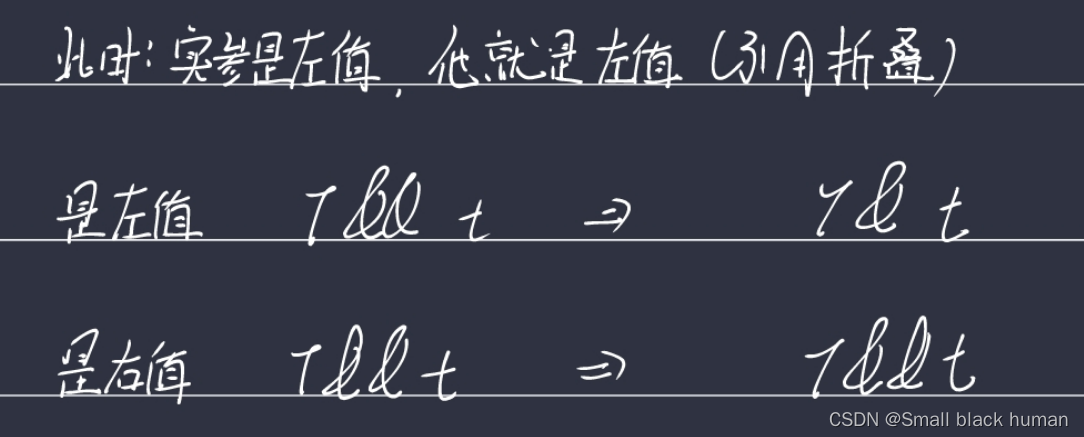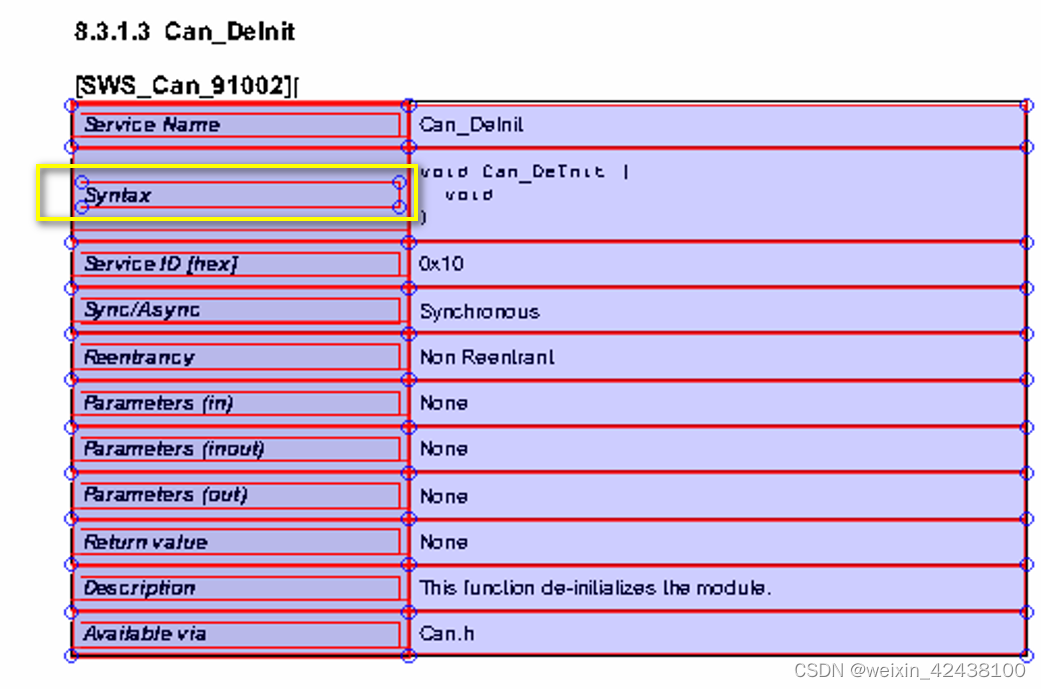
📑打牌 : da pai ge的个人主页
🌤️个人专栏 : da pai ge的博客专栏
☁️宝剑锋从磨砺出,梅花香自苦寒来
目录
🌤️概念
🌤️作用
🌤️使用场景
🌤️使用
🌤️案例
🌤️概念
索引是一种特殊的文件,包含着对数据表里所有记录的引用指针。可以对表中的一列或多列创建索引, 并指定索引的类型,各类索引有各自的数据结构实现。(具体细节在后续的数据库原理课程讲解)
🌤️作用
数据库中的表、数据、索引之间的关系,类似于书架上的图书、书籍内容和书籍目录的关系。
索引所起的作用类似书籍目录,可用于快速定位、检索数据。 索引对于提高数据库的性能有很大的帮助。
🌤️使用场景
要考虑对数据库表的某列或某几列创建索引,需要考虑以下几点:
数据量较大,且经常对这些列进行条件查询。
该数据库表的插入操作,及对这些列的修改操作频率较低。
索引会占用额外的磁盘空间。
满足以上条件时,考虑对表中的这些字段创建索引,以提高查询效率。
反之,如果非条件查询列,或经常做插入、修改操作,或磁盘空间不足时,不考虑创建索引。

🌤️使用
创建主键约束(
PRIMARY KEY
)、唯一约束(
UNIQUE
)、外键约束(
FOREIGN KEY
)时,会自动创建
对应列的索引。
查看索引
案例:查看学生表已有的索引
创建索引
对于非主键、非唯一约束、非外键的字段,可以创建普通索引
案例:创建班级表中,
name
字段的索引
删除索引
案例:删除班级表中
name
字段的索引
🌤️案例
准备测试表:
准备测试数据,批量插入用户数据(操作耗时较长,约在1小时+):
查询
id_number
为
778899
的用户信息:
可以使用
explain
来进行查看
SQL
的执行:
为提供查询速度,创建
id_number
字段的索引:
换一个身份证号查询,并比较执行时间:
show index from 表名;
show index from student;
create index 索引名 on 表名(字段名);
create index idx_classes_name on classes(name);
drop index 索引名 on 表名;
drop index idx_classes_name on classes;
-- 创建用户表
DROP TABLE IF EXISTS test_user;
CREATE TABLE test_user (
id_number INT,
name VARCHAR(20) comment '姓名',
age INT comment '年龄',
create_time timestamp comment '创建日期'
);
-- 构建一个8000000条记录的数据
-- 构建的海量表数据需要有差异性,所以使用存储过程来创建, 拷贝下面代码就可以了,暂时不用理解
-- 产生名字
drop function if exists rand_name;
delimiter $$
create function rand_name(n INT, l INT)
returns varchar(255)
begin
declare return_str varchar(255) default '';
declare i int default 0;
while i < n do
if i=0 then
set return_str = rand_string(l);
else
set return_str =concat(return_str,concat(' ', rand_string(l)));
end if;
set i = i + 1;
end while;
return return_str;
end $$
delimiter ;
-- 产生随机字符串
drop function if exists rand_string;
delimiter $$
create function rand_string(n INT)
returns varchar(255)
begin
declare lower_str varchar(100) default
'abcdefghijklmnopqrstuvwxyz';
declare upper_str varchar(100) default
'ABCDEFJHIJKLMNOPQRSTUVWXYZ';
declare return_str varchar(255) default '';
declare i int default 0;
declare tmp int default 5+rand_num(n);
while i < tmp do
if i=0 then
set return_str
=concat(return_str,substring(upper_str,floor(1+rand()*26),1));
else
set return_str
=concat(return_str,substring(lower_str,floor(1+rand()*26),1));
end if;
set i = i + 1;
end while;
return return_str;
end $$
delimiter ;
-- 产生随机数字
drop function if exists rand_num;
delimiter $$
create function rand_num(n int)
returns int(5)
begin
declare i int default 0;
set i = floor(rand()*n);
return i;
end $$
delimiter ;
-- 向用户表批量添加数据
drop procedure if exists insert_user;
delimiter $$
create procedure insert_user(in start int(10),in max_num int(10))
begin
declare i int default 0;
set autocommit = 0;
repeat
set i = i + 1;
可以使用
explain
来进行查看
SQL
的执行:
insert into test_user values ((start+i) ,rand_name(2,
5),rand_num(120),CURRENT_TIMESTAMP);
until i = max_num
end repeat;
commit;
end $$
delimiter ;
-- 执行存储过程,添加8000000条用户记录
call insert_user(1, 8000000);
-- 可以看到耗时4.93秒,这还是在本机一个人来操作,在实际项目中,如果放在公网中,假如同时有1000
个人并发查询,那很可能就死机。
select * from test_user where id_number=556677;
explain select * from test_user where id_number=556677;
*************************** 1. row ***************************
id: 1
select_type: SIMPLE
table: test_user
type: ALL
possible_keys: NULL
key: NULL <== key为null表示没有用到索引
key_len: NULL
ref: NULL
rows: 6
Extra: Using where
1 row in set (0.00 sec)
create index idx_test_user_id_number on test_user(id_number);
select * from test_user where id_number=776655;索引保存的数据结构主要为B+树,及hash的方式,实现原理会在以后数据库原理的部分讲解。



